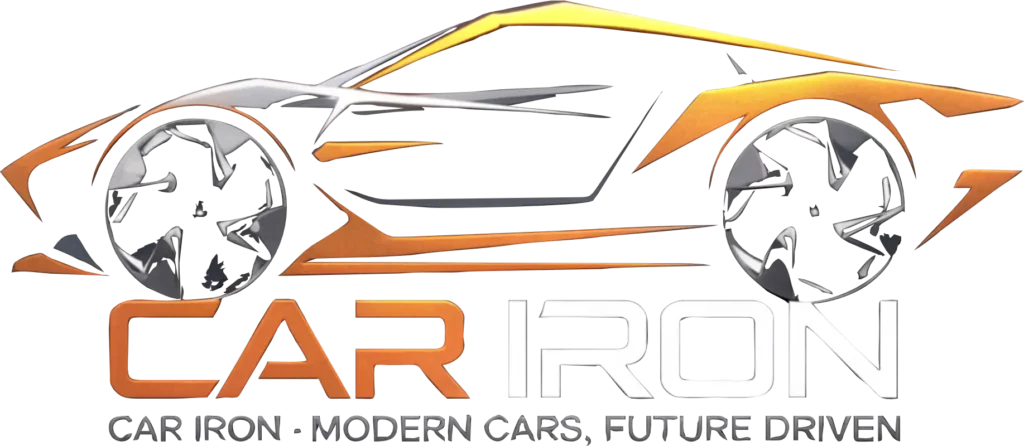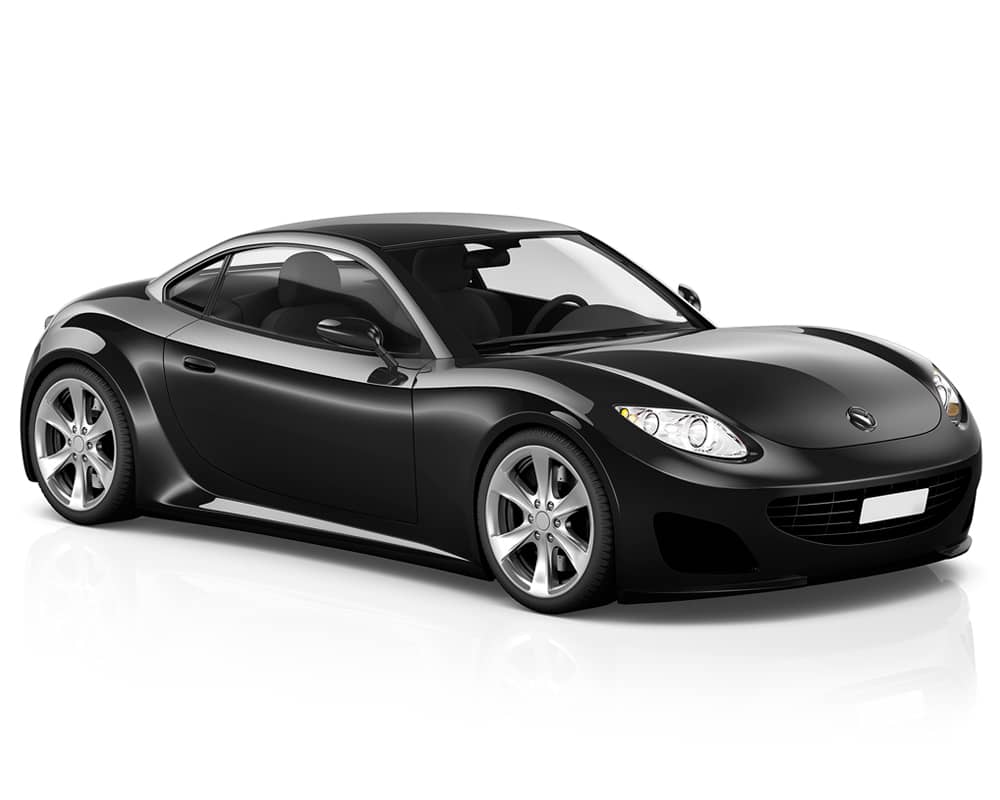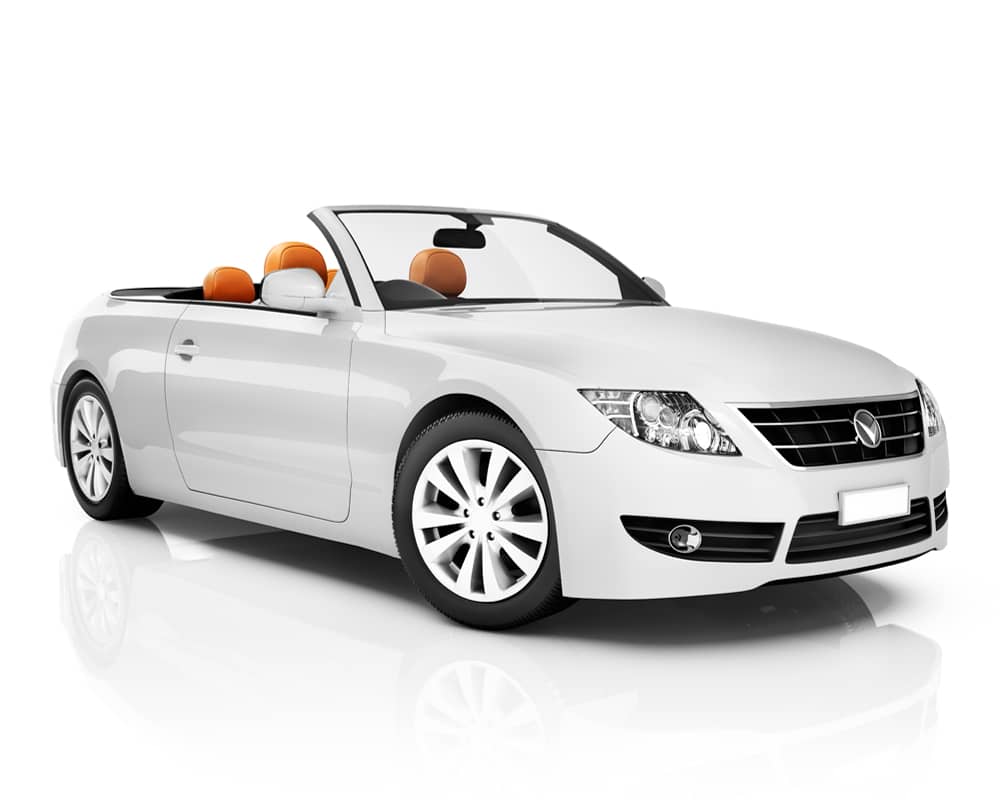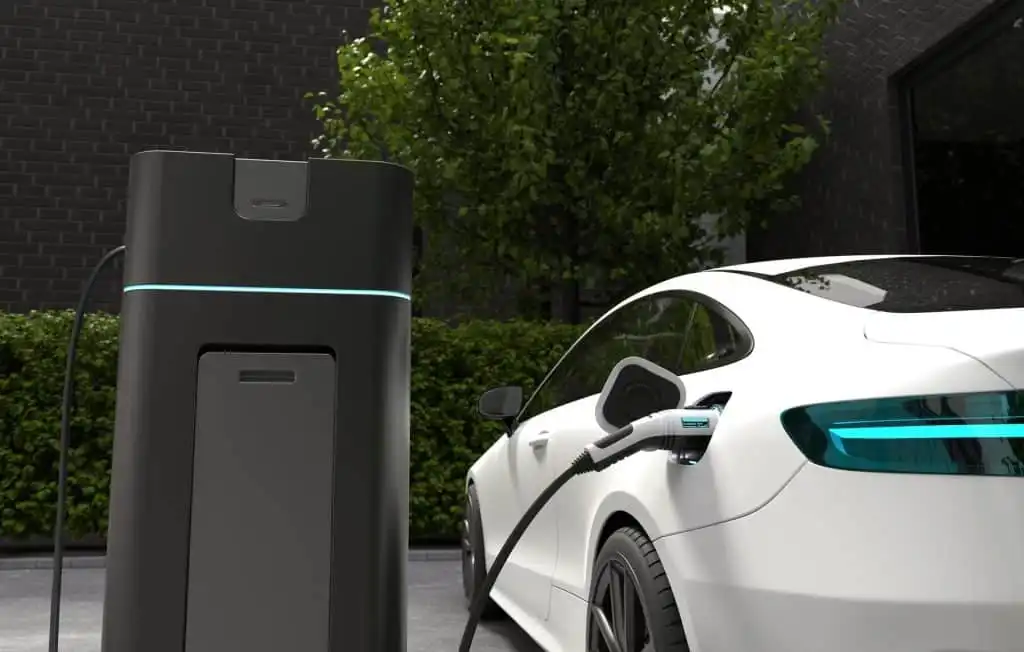When it comes to car insurance, understanding the types of coverage available can be overwhelming, especially when deciding between liability and full coverage. Both options offer different levels of protection, and the choice between the two depends on factors like your vehicle’s age, your financial situation, and your personal preferences.
In this blog, we will break down the differences between liability car insurance and full coverage car insurance, so you can make an informed decision about which type of policy suits your needs.
What Is Liability Car Insurance?
Liability car insurance is the most basic form of auto insurance required by law in most states. It covers the damages and injuries you cause to others in an accident where you are at fault. However, liability insurance does not cover your own injuries or damage to your vehicle.
Key Features of Liability Car Insurance:
- Bodily Injury Liability (BIL): This part of liability insurance covers medical expenses, lost wages, and legal fees for the other driver and their passengers if you are at fault in an accident.
- Property Damage Liability (PDL): This part covers the cost of repairing or replacing the other driver’s vehicle or any other property (such as fences or buildings) that you damage in an accident.
When to Choose Liability Insurance:
- Budget-Friendly: Liability insurance is typically the most affordable option, making it ideal for those who want the minimum required coverage at the lowest cost.
- Older Vehicles: If you drive an older car with a low resale value, liability insurance might be the right choice, as the cost of full coverage may not be worth it for a vehicle with minimal value.
Limitations of Liability Insurance:
- No Coverage for Your Own Vehicle: Liability insurance won’t cover your own vehicle if it’s damaged in an accident, regardless of who is at fault.
- No Coverage for Your Injuries: Liability insurance does not cover medical expenses or lost wages for you or your passengers if you’re injured in an accident.
- Limited Protection: While liability insurance covers the damage you cause to others, it does not provide comprehensive protection for your vehicle or personal injury.
What Is Full Coverage Car Insurance?
Full coverage car insurance provides a more comprehensive level of protection compared to liability insurance. It typically includes both liability coverage (for bodily injury and property damage) as well as additional protections like collision and comprehensive coverage.
Key Features of Full Coverage Car Insurance:
- Liability Coverage: Like liability insurance, full coverage includes bodily injury and property damage liability coverage for accidents where you are at fault.
- Collision Coverage: This part of full coverage helps pay for damage to your own vehicle resulting from a collision, regardless of who is at fault.
- Comprehensive Coverage: Comprehensive coverage covers non-collision incidents that cause damage to your car, such as theft, vandalism, fire, falling objects, or natural disasters like hurricanes and floods.
- Uninsured/Underinsured Motorist Coverage (UM/UIM): This additional coverage helps protect you if you are in an accident caused by someone who doesn’t have insurance or lacks enough insurance to cover your damages.
When to Choose Full Coverage Insurance:
- Newer or More Expensive Vehicles: Full coverage is recommended for newer cars or vehicles with high market value. The additional protection can help cover expensive repairs or replacement costs in case of a major accident, theft, or natural disaster.
- Peace of Mind: If you want peace of mind knowing that you’re covered for almost any scenario, full coverage offers broader protection against both accidents and unexpected events.
- Leased or Financed Vehicles: If you’re leasing or financing a car, your lender or lessor will likely require you to carry full coverage insurance to protect their investment in the vehicle.
Limitations of Full Coverage Insurance:
- Higher Premiums: Full coverage insurance is more expensive than liability insurance due to the broader protection it provides. This might not be ideal for those on a tight budget.
- Deductibles: Full coverage often includes a deductible for both collision and comprehensive coverage, meaning you’ll need to pay a certain amount out of pocket before the insurance kicks in to cover repairs or replacement.
Liability vs. Full Coverage: Which One Is Right for You?
The decision between liability and full coverage insurance depends on several factors, including the type of vehicle you own, your driving habits, and your budget.
When to Choose Liability Insurance:
- Your Vehicle is Older or Less Valuable: If your car is old, has high mileage, or has a low market value, the cost of full coverage may outweigh the benefits. In this case, liability coverage could be the better option, as it provides the minimum legal protection without the higher premiums.
- You’re on a Tight Budget: If you need to save money on insurance premiums, liability insurance is a more affordable option that still meets state-required coverage.
When to Choose Full Coverage Insurance:
- You Drive a New or Expensive Vehicle: If you have a newer car or a car with a high value, full coverage ensures that you are financially protected in case of damage to your own vehicle. It provides a greater level of security and covers repair costs in case of accidents or unexpected events.
- You Want More Comprehensive Protection: Full coverage is ideal for those who want to ensure they are protected in various situations, including accidents, theft, and natural disasters.
- You Have a Loan or Lease: If your vehicle is financed or leased, your lender will typically require full coverage to protect their investment.
Conclusion
Choosing between liability and full coverage car insurance comes down to understanding the level of protection you need and what fits your financial situation. Liability insurance offers the minimum protection required by law, but it only covers the other party’s injuries and property damage, leaving you exposed to the costs of repairing or replacing your own vehicle.
On the other hand, full coverage insurance offers broader protection, including repairs for your own vehicle and protection against a variety of incidents, such as theft and natural disasters. While full coverage comes with higher premiums, it provides peace of mind, especially if you have a newer or more valuable car.
By carefully considering your vehicle’s value, your financial situation, and your insurance needs, you can make an informed decision that provides the best coverage for your unique circumstances. If you’re unsure about which type of coverage is best for you, consult with your insurance agent to get personalized advice tailored to your needs.







